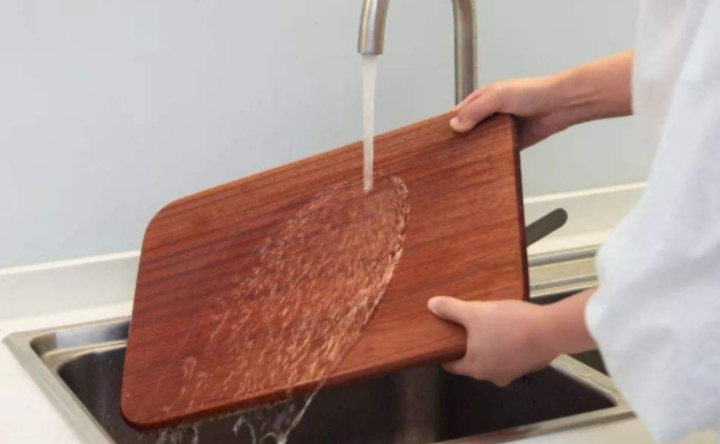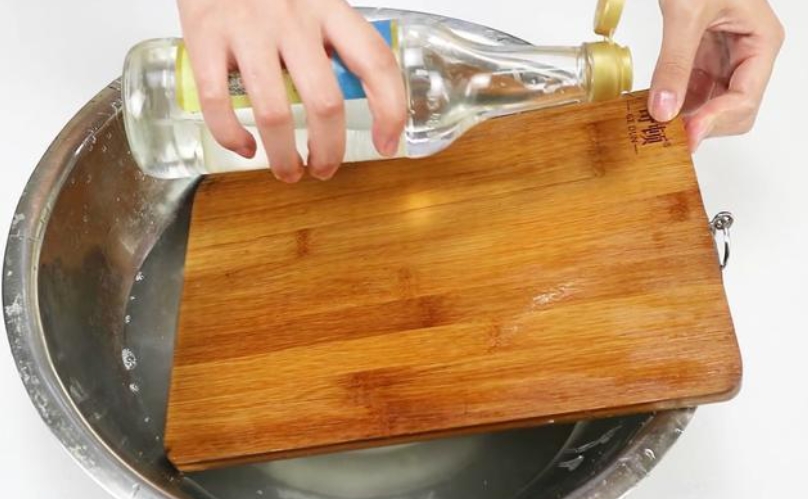1. About appearance
Severe scratches and knife marks
When the surface of the cutting board is covered with deep cuts, these cuts can become a breeding ground for bacteria. Food debris is easily embedded in knife marks and difficult to clean thoroughly, increasing food safety risks. If the depth of the cut is more than 1 mm, or the cut on the surface of the cutting board has been so dense that the cutting board has become uneven, you should consider replacing the cutting board.
Obvious discoloration
After long-term use, if the cutting board has a large area of color change, especially black spots, mildew or other abnormal color, it indicates that the cutting board may have been contaminated by mold, bacteria and so on. Even after cleaning and disinfection, these color changes may still be difficult to eliminate, at which point the cutting board needs to be replaced.
Severe cracking
When the cutting board has a large crack, it is not only easy to retain food, but also may absorb water during the cleaning process, resulting in bacterial growth and deformation of the cutting board. If the width of the crack is more than 2 mm, or the crack runs through the entire cutting board, affecting the stability of the use of the cutting board, a new cutting board should be replaced.

2. With regard to health
Hard to get rid of an odor
When the cutting board gives off an unpleasant odor, and after several times of cleaning, disinfection (such as cleaning with white vinegar, baking soda, salt, etc., or exposure to the sun), the odor still exists, which may mean that the cutting board has been seriously contaminated and it is difficult to restore to a sanitary state. For example, wood cutting boards that have been used for a long time may absorb food odors and produce rancid or sour tastes.
Frequent mildew
If the cutting board is frequently moldy under normal use and storage conditions, even if the mold is treated in time each time, it means that the material or use environment of the cutting board is not conducive to maintaining health. For example, in a humid environment, wood cutting boards are prone to mold, and if mold occurs repeatedly, the board needs to be replaced.
3. About usage time
Different materials have different life spans
Wood cutting board: It is generally used for about 1-2 years and needs to be replaced. If properly maintained, it may be used for a little longer, but if the above appearance or health problems occur, it should be replaced in time.
Bamboo cutting board: Relatively durable, can be used for 2-3 years. However, if there is cracking at the splice, serious surface wear and other conditions, it also needs to be replaced.
Plastic cutting board: The service life is usually 1-3 years, depending on the quality of the material and frequency of use. If the plastic cutting board appears deformed, serious surface scratches or obvious color changes, it should be replaced with a new one.
In general, in order to ensure food safety and hygienic conditions for cooking, when one of the above conditions occurs on the cutting board, a new cutting board should be considered.
Post time: Aug-21-2024
